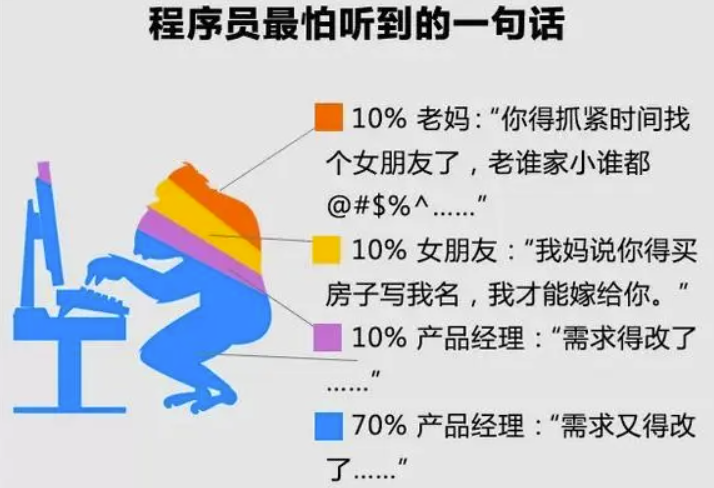In a Cognitive Radio Network (CRN), two types of devices coexist:
Primary Users (PUs): These are the licensed or primary users of the spectrum, such as TV stations, cellular networks, or government agencies. PUs have exclusive rights to certain frequency bands.
Secondary Users (SUs): These are the unlicensed or secondary users in the network. SUs are equipped with cognitive radio capabilities and can opportunistically access unused or underutilized spectrum bands originally assigned to PUs.
The main purpose of CRNs is to enable efficient sharing of spectrum resources between PUs and SUs while minimizing interference to primary users’ communications. SUs intelligently detect and monitor the spectrum, identify available frequency bands, and dynamically adjust their transmission parameters to avoid interfering with PU transmissions.
Through cognitive capabilities, SUs can sense the environment, adapt their communication strategies, and exploit underutilized portions of the spectrum without causing harmful interference to PUs. This dynamic spectrum access paradigm enables more efficient utilization of the limited wireless spectrum by allowing SUs to operate in temporarily vacant frequency bands.
Overall, CRNs aim to achieve better spectrum efficiency, improved network capacity, and enhanced quality-of-service for both primary and secondary users in wireless communication systems.
内容由零声教学AI助手提供,问题来源于学员提问




















